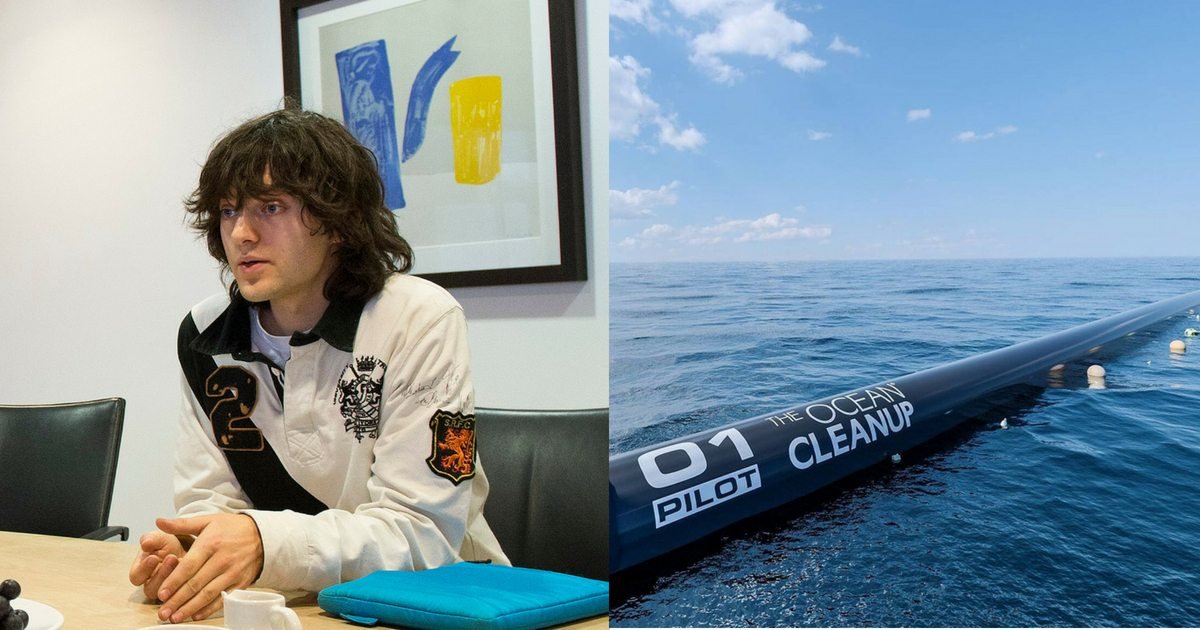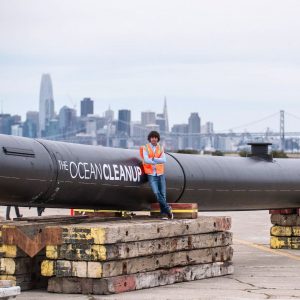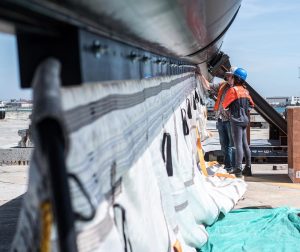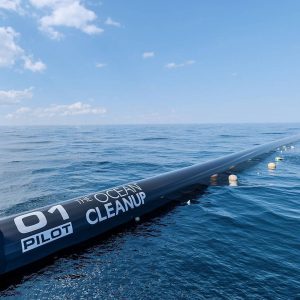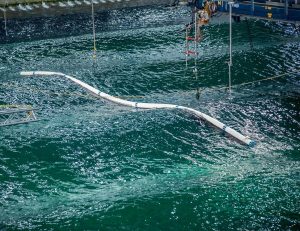Boyan Slat was 16-years-old when he saw more plastic than fish while driving through waters in Greece.
So, he decided to dedicate his high school project to learn more about ocean pollution and how he could solve this problem.
By the time he was 18-years-old, he told a TEDx talk audience that he was going to develop a passive system to clean up oceans using ocean currents. In 2013 he started The Ocean Cleanup.
And now at age 23, thanks to millions in crowdfunding, his organization will launch devices to help clean up the Great Pacific Ocean Patch.
Slat is proof that all it takes is one person with a dream to change the world.
The Great Pacific Garbage Patch is a swath of ocean between California and Hawaii where about 600,000 miles are covered in plastic and garbage. It kills about 100,000 animals across 700 species annually, My Modern Mep Reports.
“Once plastic enters the marine food web, there is a possibility that it will contaminate the human food chain as well. Efforts to clean and eradicate ocean plastic have also caused significant financial burdens,” The Ocean Cleanup Website explains.
That’s why Slat’s plan is so appealing because it is so simple.
The Ocean Cleanup system contains a U-shaped screen and floaters made from high-density polyethylene. It can trap garbage as small as 1 centimeter.
The floaters allow the screen to stay buoyant as it drifts with the natural currents of the ocean.
The trash will later be collected by ships and brought to land to be properly disposed of or recycled.
“The speed the plastic arrives at our moving systems is substantially lower than at a fixed structure having a positive impact on our systems’ capture efficiency,” the website says.
The Ocean Cleanup’s efforts will start in the San Francisco Bay in July and they claim it will be the “largest [ocean] cleanup in history.”
They will start on a 120-meter section of the Northern Pacific Ocean before moving on to a 500-meter section.
They hope to launch 60 devices between Hawaii and the north-west coast of the U.S. by 2020. He says the devices will be able to clean up 50 percent of the patch in just five years, according to ABC.net.au
Critics, however, say that the device will trap marine life and that powerful swells in the North Pacific will destroy the structures and will be added to the floating garbage dump.
The Ocean Cleanup remain undeterred.
“The assembly is going on really well. The first segment, which is 120meterss [long] has been put together and will be towed out for a tow-test in the [San Francisco] Bay area next week,” Spokesperson Erika Traskvik said.
Future systems will be made larger to increase the amount that can be captured.
“The second system might be deployed early next year, but then after that, it could go fast,” Traskvik said. “So we think that we could get up to 60 systems by 2020.”
They are even looking for corporate sponsors.
“They then get their logo on it and they can follow it through an app and through our website,” Traskvik explains. “We plan on having a map of where all the systems are, how much plastic they’ve collected and what the wave and wind conditions are.”
Slat hopes that his device can eradicate all ocean debris and that oceans will be plastic free by 2050.
Source: My Modern Met


